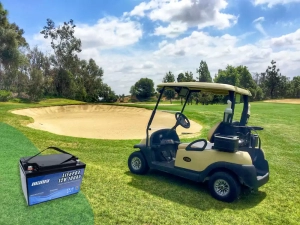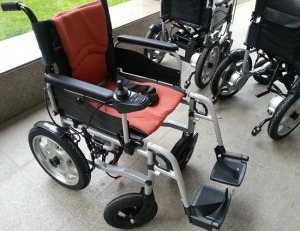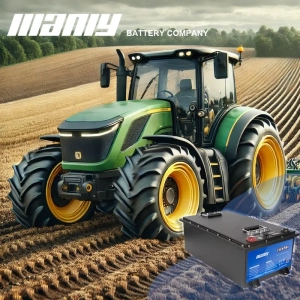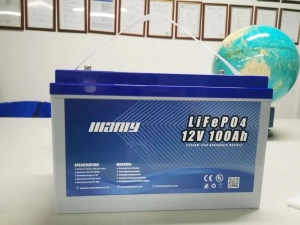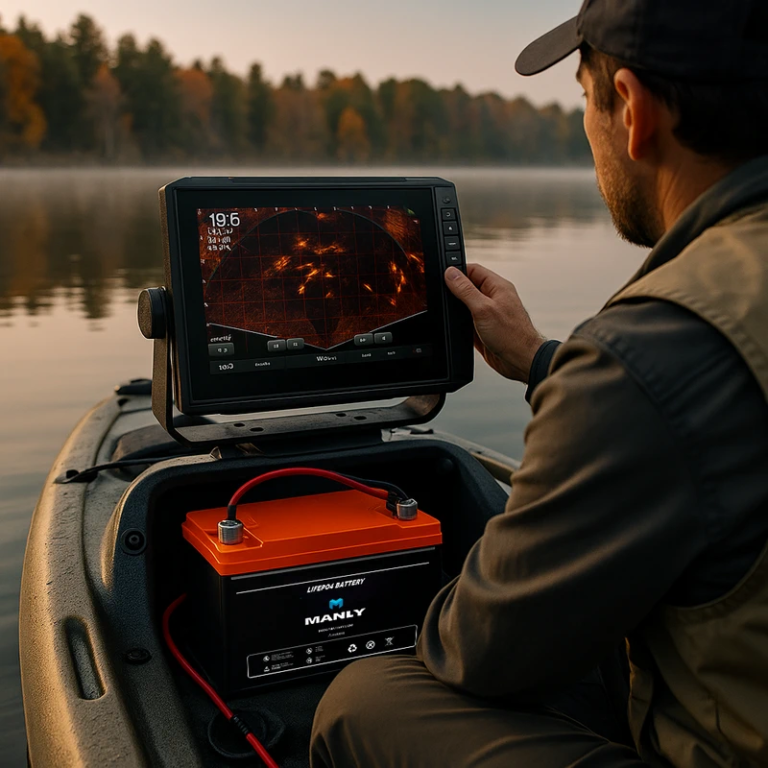Más productosDecodificando el futuro: fosfato de hierro y litio frente a iones de litio

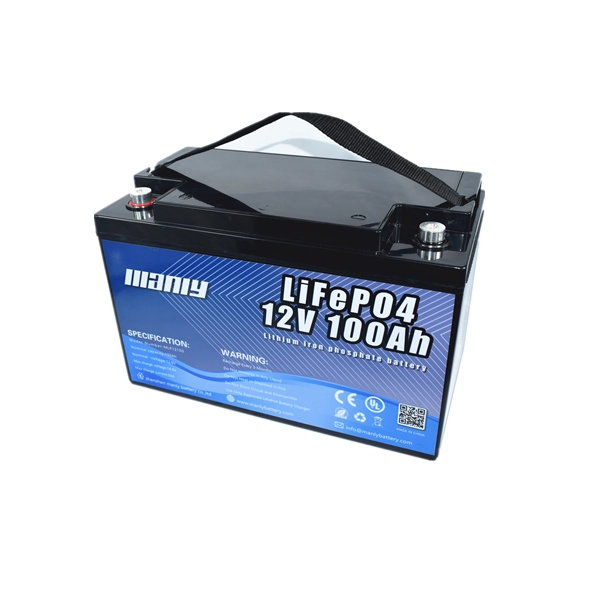
Decodificando el futuro: fosfato de hierro y litio frente a iones de litio
Tabla de contenido
- Decodificando el futuro: fosfato de hierro y litio frente a iones de litio
- Introducción
- Comprensión de la tecnología de baterías: iones de litio versus fosfato de hierro y litio
- Una inmersión profunda en las baterías de iones de litio
- Explorando las baterías de fosfato de hierro y litio (LiFePO4)
- Fosfato de hierro y litio frente a iones de litio: un análisis comparativo
- Aplicaciones clave de las baterías de iones de litio y de fosfato de hierro y litio
- Consideraciones de fabricación para baterías de iones de litio y fosfato de hierro y litio
- El futuro de las baterías de litio: tendencias y predicciones
- Conclusión
Introducción
We live in a tech-rich era. Here, batteries aren't just a need. They are a necessity. More so, for our devices and cars. Today, we ask more of batteries. We need them to last longer, perform better, and be safer. In this battery world, two names often pop up. Lithium-ion and Lithium Iron Phosphate.Propósito y descripción general del artículo
So, what's this article about? It's simple. We aim to dig deep into these two battery technologies: Lithium-ion and Lithium Iron Phosphate. These batteries power our smartphones, laptops, electric cars, and even energy storage grids. Yet, they're complex and diverse in their own ways.In this article, we'll explore what these batteries are made of. We'll compare their energy levels, life cycles, and safety features. We'll also look into the costs involved and where they're best used.This piece is meant for everyone. Manufacturers, tech enthusiasts, and everyday users will find it useful. Our aim? To help you understand the world of Lithium-ion and Lithium Iron Phosphate batteries. This will give you the insights needed to make informed choices.By the end of this read, you should have a good grasp of these battery technologies. So, sit back, relax, and let's dive into the world of batteries.Comprensión de la tecnología de baterías: iones de litio versus fosfato de hierro y litio
Baterías de iones de litio: características y aplicaciones clave
Let's start with Baterías de iones de litio. They're in your phone. In your laptop. Even in your car. But, what makes them so popular?Lithium-ion batteries pack a punch. They have high energy density. This means more power in less space. Plus, they're lightweight. This makes them perfect for portable devices.But that's not all. These batteries charge fast. They also have a lower self-discharge rate. That means your devices stay powered up for longer. That's why you find them in smartphones, laptops, and electric vehicles.Baterías de fosfato de hierro y litio: descripción general y beneficios
Now, let's talk about Baterías de fosfato de hierro y litio. They're newer in the scene. But they're gaining ground fast. Why?These batteries are all about stability. They handle high temperatures well. They're also safer. They won't catch fire or explode if things go wrong. Plus, they have a long life cycle. This makes them ideal for heavy-duty use.So where do you find them? They're in electric vehicles, medical devices, and even in grid storage. They're also in devices that run for long hours. Think of UPS systems, solar lights, and more.
La ciencia detrás de las tecnologías de iones de litio y fosfato de hierro y litio
The magic of these batteries lies in their chemistry. In Lithium-ion batteries, you'll find Lithium Manganese Oxide or Lithium Cobalt Dioxide. These give the batteries their high energy density.On the other hand, Lithium Iron Phosphate batteries have Iron Phosphate. This gives them their safety and temperature features.Understanding these batteries isn't always easy. But it's essential. It helps us know where and how to use them. And most importantly, it helps us make the best of our devices.We'll delve deeper into the science behind these batteries in the next sections. So, stay tuned!Una inmersión profunda en las baterías de iones de litio
Composición y mecanismo de trabajo.
Let's dissect the lithium-ion battery. What's inside? First, you have the cathode. It can be either lithium manganese oxide or lithium cobalt dioxide. Then, there's the anode, made of graphite. Between them, lies the magic. The lithium ions move from one end to another. This flow creates the power we need.Now, the working mechanism. When you charge, lithium ions move to the anode. When you use the device, they flow to the cathode. This back and forth creates the energy that powers your device.Diferencias de nivel de energía con otras baterías
So, how does lithium-ion compare with others? Here's the deal. Lithium-ion has a higher energy density. That's 150 to 200 watt-hours per kilogram. That's higher than most batteries out there.The result? You get more power for the same weight. This makes lithium-ion ideal for power-hungry devices. Think of your smartphone or electric car.Preocupaciones sobre el ciclo de vida, el almacenamiento y la seguridad
Every battery has a life. For lithium-ion, it's about 500 to 1,000 cycles. That's how many times you can charge and discharge the battery. After that, the battery's capacity decreases.What about storage? Baterías de iones de litio do well. They have a shelf life of around 300 days. That means you can store them for long without losing too much charge.But here's a concern. Safety. Lithium-ion batteries can be unstable at high temperatures. They can also experience thermal runaway. That's when the battery gets hotter, causing a reaction that makes it even hotter. This can lead to a fire or explosion.But don't worry too much. With proper use and care, lithium-ion batteries are safe. In the next section, we'll compare this with the Lithium Iron Phosphate battery. So, keep reading!Explorando las baterías de fosfato de hierro y litio (LiFePO4)
Comprender sus químicas únicas
Let's dive into Lithium Iron Phosphate, also known as LiFePO4. Inside this battery, you'll find a cathode of iron phosphate and an anode of graphite. Quite different from lithium-ion, right?Niveles de energía y tasas de descarga
Energy-wise, LiFePO4 packs a punch. Its energy level is between 90 and 120 watt-hours per kilogram. While this is lower than lithium-ion, don't be fooled. The real power lies in its discharge rate. It can go from 1C up to 25C. That means it can deliver more power in a shorter time. Especially at high temperatures.Diferencias en el ciclo de vida y beneficios del almacenamiento a largo plazo
What about life cycle? LiFePO4 beats lithium-ion hands down. Its life cycle is between 1,000 and 10,000 cycles. And storage? It's impressive, with a 350-day shelf life.Pequeño y ligero
Size-wise, LiFePO4 may be bulkier than lithium-ion. But it's still compact and light enough for many applications.Rango de temperatura
Here's the thing. LiFePO4 is a champion at high temperatures. It can handle the heat without degrading as much as other batteries.Costo
When it comes to cost, LFP batteries play it cool. They're more cost-effective because they're made from abundant, cheaper materials. And, let's not forget their longer life span. That's money saved on replacement costs.Voltaje
Lastly, the voltage. LiFePO4 has a nominal voltage of 3.2V or 3.3V. That's slightly lower than lithium-ion. But with its high discharge rate, it still delivers plenty of power.In the next section, we will compare the two side by side. Stay tuned!

